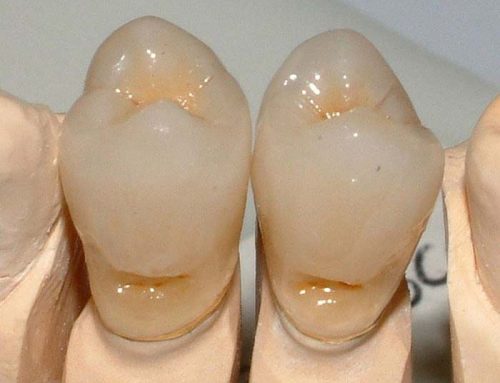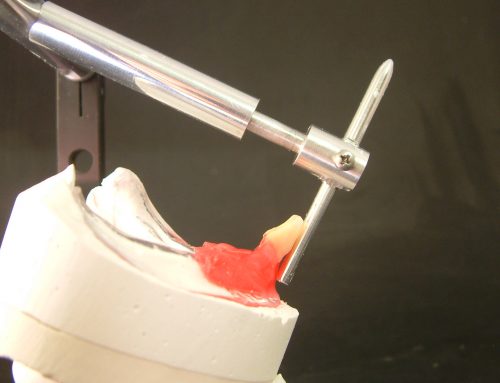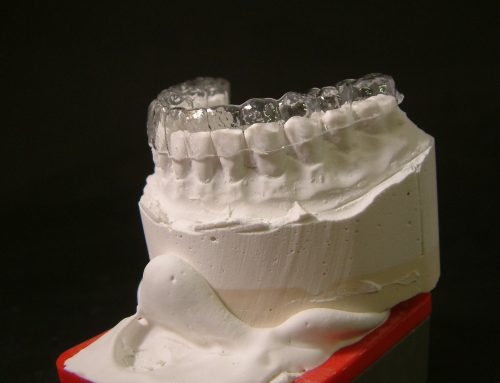Insights
Articulator
The articulator is a very important instrument for the economy of the dental technology laboratory and it’s fundamental to start a constructive dialogue between the dental practice and the dental technology laboratory.
For the realisation of the prosthesis with Professor R. Slavicek’s technique we use the Reference SL Girrbach articulator and the SAM.
Reference SL: it’s an articulator that combines the safety of the guidance on the horizontal plane typical of the Non-Arcon articulator with the didactic and geometrical-dynamic advantages of the Arcon structure; in fact we can easily see what happens in the condylar boxes and check directly the contact with the guidance elements. It’s a safe and practical articulator that allows working with patient’s average values or adapting it to patient’s individual values thanks to the programming set of the single condylar housings.
SAM: articulator well known and widely used in many laboratories. This articulator can also be programmed at individual values or used at average values.
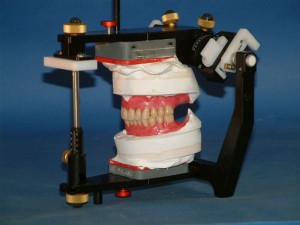
The models, realised with the split-cast technique, are very useful both in prosthesis and in diagnosis.
In prosthesis, we use them both to check possible little occlusal rises, when firing is completed, and to evaluate the occlusal repeatability in the three waxes technique.
In diagnosis they are very useful for the dentist to evaluate the possible GAP in articulator between the highest intercuspation (ICP) and Reference Position (RP).
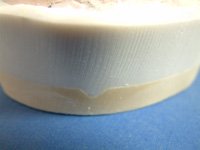
Split Cast 1
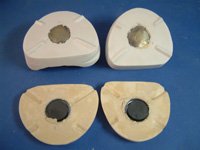
Split Cast 2
For Reference position we mean the higher and more retruded position of the condyle in the fossa (centric relation).
The Reference Position is therefore a starting point for all the mandible movements: we need to start from here to realise a fixed, removable or functional prosthesis.
In order to stabilise the patient in this position in total prosthesis, we can use the sandwich splints (easy to make) that we can fix on the patient’s old prosthesis or on the temporary prosthesis.
We need the sandwich bites to guide and stabilize the patient in reference position. The aim of these bites is to stabilize from an occlusal point of view that is very important in total prosthesis because it paves the way to the dentist during the phase of the occlusal registration with the bite rims, in this phase the stable patient will always have a single and clear closing position and not several as it often happens.
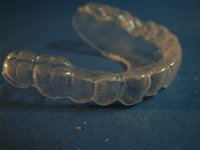
Placca 1
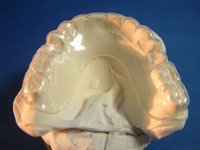
Placca 2
It’s an instrument that is known by almost all the odontologists, but unfortunately it is rarely used.
No models assembly on articulator should disregard the cranio-axial relationship!
To measure that position with a face-bow (especially those of new generation) is easy and fast and it allows the laboratory working with more precision especially in total prosthesis.
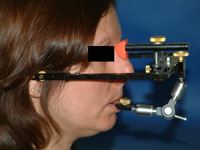
Arco Facciale
We determine the occlusal plane combining the incisal edge of the lower first incisor and the distobuccal cusp of the lower first molar.
The average value of the occlusal plane inclination is 12,87° in relation to the axis-orbital plane, in total prosthesis we use an occlusal plane of about 10°. The occlusal plane must never exceed the XI point.
The cephalometric tracing is a very used test in orthodontics, but less in prosthesis.
In the realisation of the total prosthesis according to the Slavicek’s technique, this test is very important because we can determine the patient’s skeletal condition (brachy-, cephalo- and normofacial) and also the correct vertical dimension on clinical and not empirical basis, the teeth position, the occlusal plane and the incisors inclination.
We create a real plan with which the dental technician will build the prosthesis accurately and functionally.
We can use classic lateral x-rays or digital x-rays, but it’s important that the patient wears his old prosthesis or a temporary prosthesis with some reference points, from which we can start and bring on paper the several changes in order to create an aesthetic-functional individualised plan.
The cephalometric tracing is a test that we can do with a little experience within ten minutes or delegate it to external practices with a small expense.
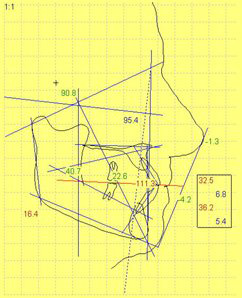
We determine the axis-orbital plane joining the lowest point of the osseous orbital edge with the point of hinge axis in backward physiological position of the articulation.
Once moved on the articulator it’s the axis that joins the condyles centre of the articulator and the end of the incisal rod adjusted at 0 mm.



